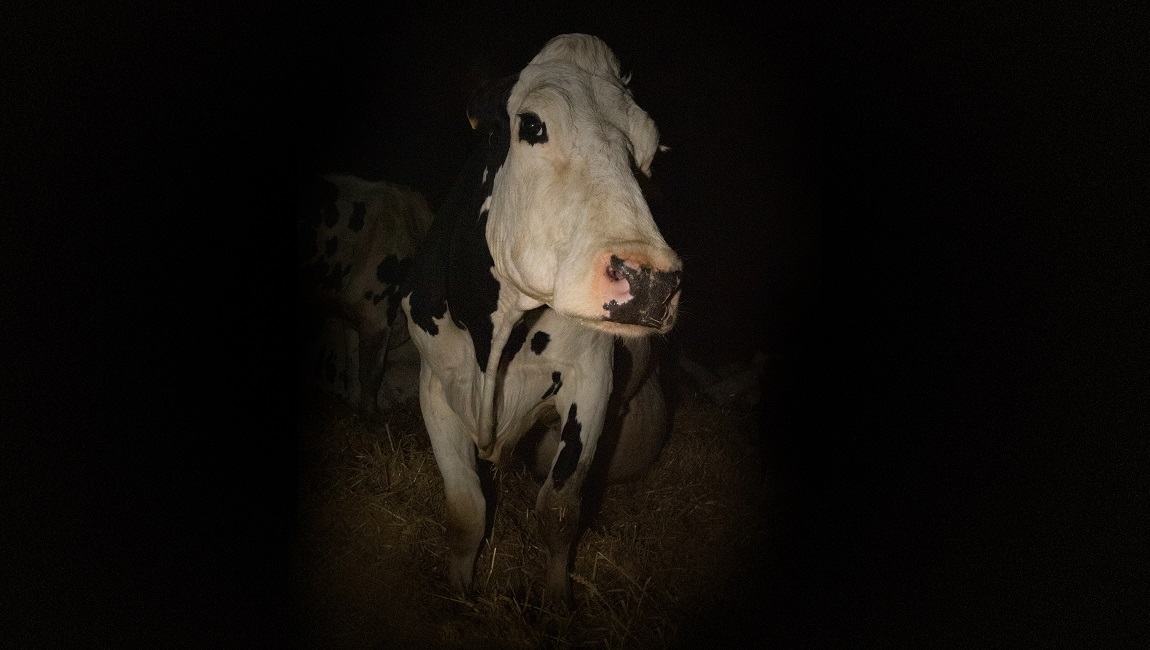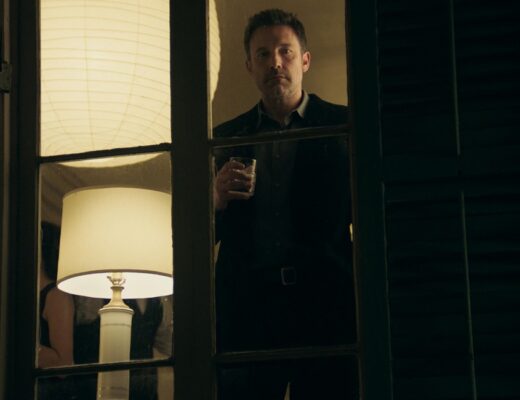Scream’s reputation as the harbinger of self-aware horror is not entirely fair to its predecessors. The horror genre, and slasher subgenre in particular, had been aware of and commenting on its tropes since they began to solidify in the early 80s. Director Wes Craven himself first went reflexive in 1994, with New Nightmare, a much more metaphysical metatext than Scream. But the effects of the latter film’s particular reflexivity were ultimately more immediate, unleashing a wave of imitators such as Urban Legend and I Know What You Did Last Summer — blatant, sometimes self-plagiarizing ones, since the latter was penned by Scream scribe Kevin Williamson. Unlike earlier self-reflexive horror cinema, Scream doesn’t set out so much to subvert tropes or even poke fun at them, though it doesn’t abstain from doing either. Instead it primarily uses knowledge of genre formula to sculpt a stronger thriller by cutting out what no longer works and doubling down on what does. When the presumed “final girl” Sidney Prescott (Neve Campbell) loses her virginity, Craven and Williamson simultaneously do away with an incredibly pervasive misogynistic cliche rooted in mythic female purity and strip away a safety net that signified Sidney’s ensured survival to not only the film’s audience but its characters, whose horror film fanaticism provides most of the film’s genre commentary. However, when Sidney claims that she doesn’t like scary movies because the female victim is “always running up the stairs when she should be running out the front door,” she is forced upstairs by her would-be assassin. In quick succession, the film identifies a trope that still works and employs it for maximum effect.
Scream features movie-obsessed teenagers killing other movie-obsessed teenagers; there is no Other infringing upon idyllic teen fantasy, just a youth culture born of the cinema cannibalizing itself.
Scream also uses its genre to thematically rewarding ends: The horror tropes have essentially been weaponized in a film where the killers plan to blame movies for their crimes. Horror film fanaticism doesn’t just save characters but knowledge of formula becomes a tool for, and a justification of, murder. The double identification of horror audiences — wanting the characters to thwart the villain while also cheering on the carnage enacted by the often somewhat tragic monster — is compounded here by a total lack of separation between groups. Scream features movie-obsessed teenagers killing other movie-obsessed teenagers; there is no Other infringing upon idyllic teen fantasy, just a youth culture born of the cinema cannibalizing itself. Even if the characters don’t take the central events very seriously, Craven and Williamson do, rarely letting joviality interfere with dread. Case in point, the opening scene, which finds Casey Becker (Drew Barrymore) stalked and killed, earns canonization as one of the scariest sequences in contemporary horror, as an initially playful phone conversation about horror movies descends into threats and Casey finds herself playing a sick game with the man outside her home — a game that ends with her gutted, hanging from a tree. That scene sets the tone for the film, as jokes constantly give way to piano-wire-taut tension and laughter turns into a scream. We can joke about what’s to come all we want, but it doesn’t change the horror of it all.
Part of Kicking the Canon – The Film Canon.







